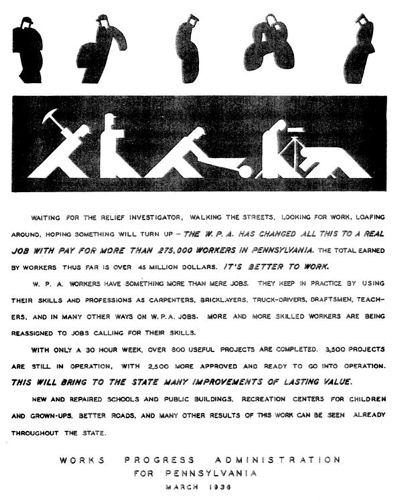Great Depression and the New Deal
Ravages of the Great Depression
Americans who lived through this dark chapter of our nation’s history witnessed major social, economic, and political disruptions. Few families were untouched by the ravages of the Great Depression. Forgotten men and women eked out a living in the shadows of society, having lost their jobs, their homes, their families... having lost all hope.
People lived in ramshackle structures located in city dumps, along polluted rivers, and in inhospitable ravines with no sanitation or running water. Shacks grouped into communities were ironically named Hoovervilles in "honor" of President Hoover, who was castigated for his "do-nothing" economic policy.
A New Deal for the American People
Once elected, President Franklin D. Roosevelt called for government action in the form of work relief to help Americans cope with the Great Depression, giving millions hope. While some scholars dispute the economic benefits of FDR’s New Deal work relief programs, the social and cultural contributions of work relief cannot be dismissed lightly.
Work relief programs were developed not simply to provide people with work, but to boost their feelings of self worth. Jobs were viewed as a more socially responsible solution to economic troubles than inaction or direct relief (the dole). During the Great Depression, thousands of men and women labored on federal work relief projects, from arts programs to zoo construction. New Deal programs also funded archaeological investigations throughout the U.S.

This flyer from the WPA illustrates the government's attitude toward work relief and the scourge of "loafing." (Courtesy of the Pennsylvania State Archives). Note: click on image for a larger version.